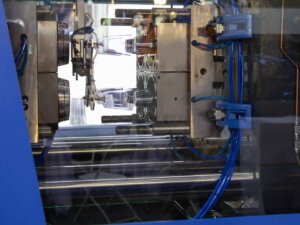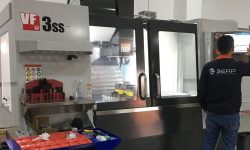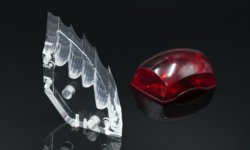Moving a product from the design phase to its market introduction is a process that has specific steps. Knowing what to do to make it as quick, accurate and valuable as possible is the key to its success. Once a design has been completed, what are the next steps? It’s important to talk to an experienced rapid prototyping services provider, to learn early in the process whether a particular design is going to able to be manufactured in such a way that makes it viable. Any gaps in either its design or manufacturing need to be identified and worked out prior to delivering the product to market.
Vital Advantages of prototype manufacturing
Here’s where having a prototype provides key benefits to your operation. Rather than simply guessing that a particular design will work well and achieve the goals it was meant to accomplish, a prototype provides valuable information that can be applied to the design. Below are just a few of the numerous benefits of having prototypes to improve the manufacturing process.
Prototype Saves Money and Time
Developing new products is a process that can consume vast amounts of both time and money. These resources are likely to be in short supply within your company. Tapping into the prototype manufacturing process means that you’ll get feedback about the validity of a product quickly and at a reduced budget commitment than a full-scale production run.
Comprehensive Assessments are Completed
In conjunction with the prototype manufacturing phase, you can also complete a manufacturing assessment to determine the validity of the process at the same time. The purpose of this assessment is to highlight any modifications that might be necessary to transfer production to a larger scale prior to that step. Knowing this before moving on to that step can save your company time, money and resources.
Ideal for Market Testing
If your company is hoping to introduce a new product to a particular market but isn’t sure how well it will be received, rapid prototyping can provide insight. Order a small production run of a new prototype as a market test. You can use this in one of two ways.
- This low-volume production run can be used to gauge how well the concept sells before investing in a larger production run.
- Another way to test the market is to put together a research group of vendors or consumers whereby you give them a prototype to test. Couple this freebie with the understanding that you’ll want their honest feedback. You can use this feedback to modify your design before increasing its production run.
Development Techniques
Many designs and concepts have more than one type of material that can be used with seemingly equal success. Manufacturing a prototype to help you determine if one material is superior to another when it comes to the objectives the product is designed to accomplish. By having a small amount of each material produced as a prototype, the design and development team can instantly discover which components work well and which, if any, will need to be changed.
Take it to the Decision Makers
Having a prototype on display provides a hands-on method of discovery that isn’t possible with just a presentation or slideshow. If you’re charged with convincing decision makers that a particular concept is a good idea, having a prototype at the ready gives them a visual and invites questions.
prototype manufacturing, combined with low volume manufacturing, are strong tools that are imperative to the success of your company. 3ERP has the experience and expertise to quickly deliver a precise prototype in a rapid manufacturing environment. From large-scale projects to those that are tiny in scope, 3ERP is ready to partner with you. For more information, contact us today.







